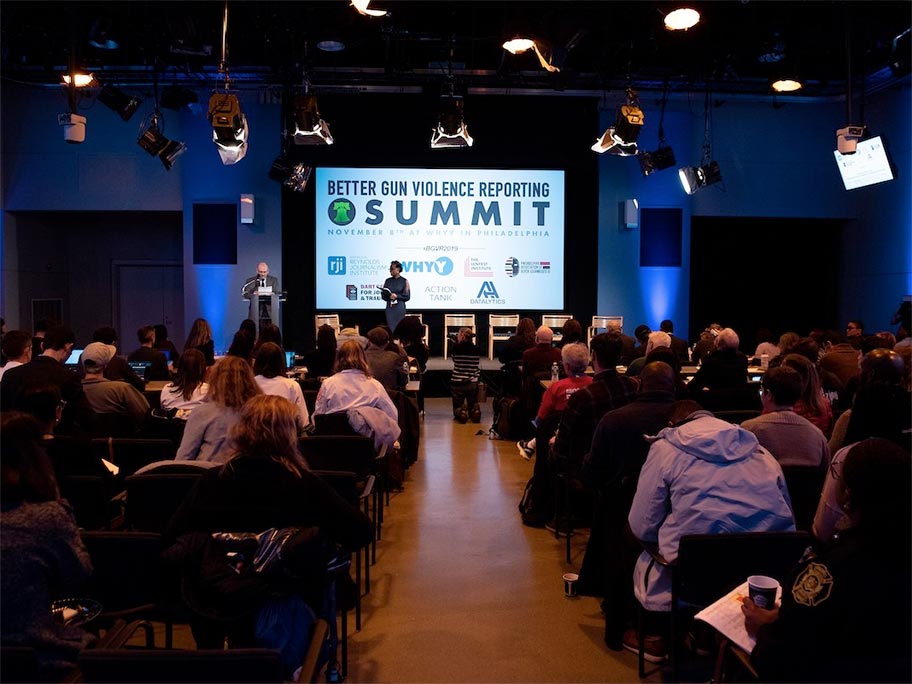
Engagement
Safety, prep and knowing your rights
Hostile Environment Awareness trainers, journalists and NPPA general counsel answer questions about safety, prep and legal rights on volatile assignments
Challenge Accepted! How to optimize digital election coverage for engagement? Make it digestible
Missouri School of Journalism students partner with media organizations to solve problems they face. Challenge Accepted!
Challenge Accepted! Expandable audio journalism lets listeners take control
What if people could control the way an audio story plays out while listening to it? Missouri School of Journalism students Slone Salerno, Vivian Wang, Elliot Bauman and Sarai Vega worked with RJI Fellow Michael Epstein to find out.
Challenge Accepted! How can a Phoenix TV station better engage with 18- to 24-year-olds?
Doesn’t every news organization want to engage a younger audience? Annie Le, Kyle McCubbin, Sidney Steele and Jacqueline Lemp teamed with 12 News, based in Phoenix, to better understand their younger audience base.
Voice delivered news: Innovation skill
Integrating content with voice assistants is easier than ever
Tools for public service journalism: Tips and tricks for Glitch, MapBox and more
We experimented with a few of the tools that journalists can use in public service journalism to help visualize and represent data
RJI 2019: Strengthening journalism, connecting with citizens, preserving content and exploring tech
As another year ends, the Donald W. Reynolds Journalism Institute reflects on some of its accomplishments and lessons learned with a mission of helping journalism survive and thrive.
A mom complains about gun violence stories. Philly journalists respond with resources
RJI Fellow Jim MacMillan organized the Better Gun Violence Reporting Summit with goals to inform a new set of best reporting practices.
Video as revenue: Start with listening
This summer for Innovation in Focus, we are speaking with news organizations that are exploring new, emerging or unique revenue models. Alabama Media Group launched Red Clay Media in 2017 as a video driven revenue stream. It began with videos created in the newsroom that inspired engagement from their readers. Today it is a thriving … Continued









